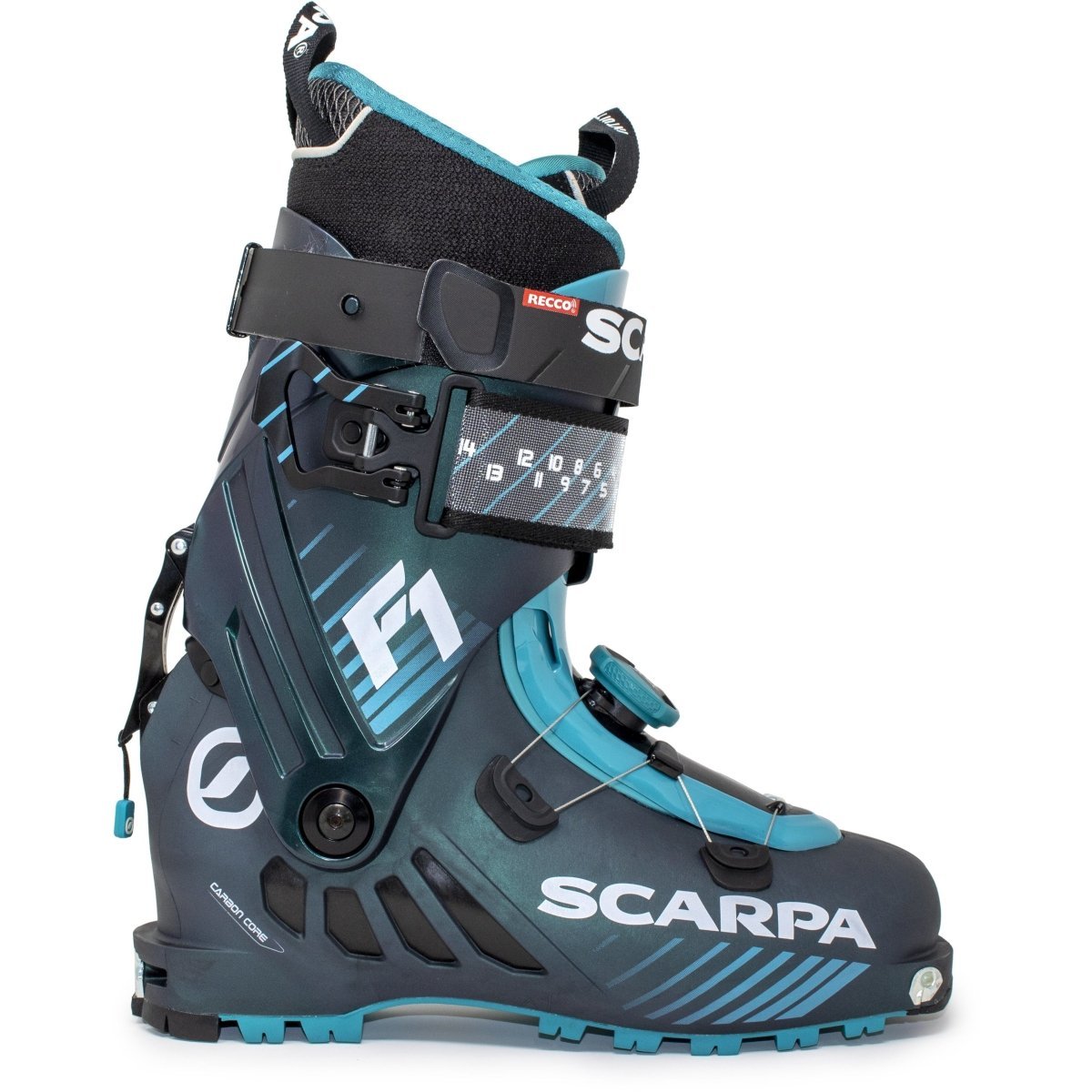
Brought to you by SCARPA
I was sent a pair of the Scarpa F1 touring boots to review. I’ve broken the review up into 5 sections: fit, uphill performance, downhill performance, and miscellaneous pros/cons, and “the bottom line.” This is my initial, unbiased review of the boot. I will update the review at the end of the season once I have had significant time to test the boots further.
Reviewer Stats:
- Name: Clay Malott
- Days skied on the Scarpa F1: 7
- Height: 6’3″
- Weight: 160lbs
- Skiing Level: Expert
- Skis used: DPS Pagoda Tour 100
- Bindings used: G3 Zed 12
- Testing location: Aspen, Colorado
Fit
The F1s are, by far, some of the most comfortable boots I’ve ever worn. The boots arrived in the mail, and I was eager to take them out for a spin, but I was nervous that they wouldn’t fit great without footbeds, heat molded liners, etc. However, upon clicking into my bindings for my first ever ski tour on the F1s, they fit like a glove.
One of my favorite parts about the F1 fit is the versatility and customization that the BOA strap provides. On the F1, the BOA strap is the only fastening mechanism on the lower boot. The BOA is a knob that can tighten or loosen a steel cable that adjusts the fit of the lower boot. While skinning, I was able to micro-adjust the fit of the lower boot to limit motion in my heel, etc., but still give my feet plenty of space to breath and remain comfortable.
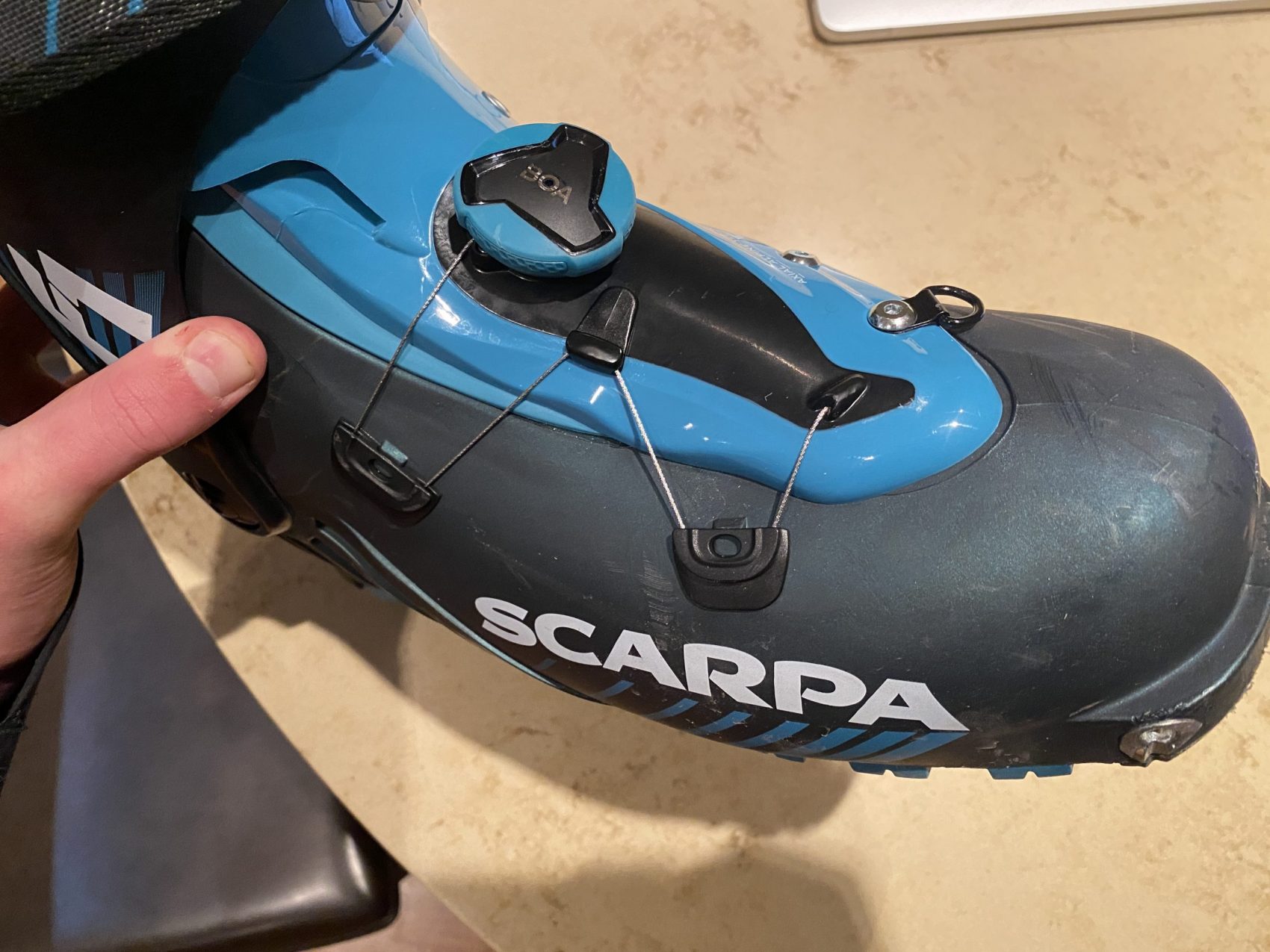
After 7 days of touring on the F1s so far, I am shocked to report that I haven’t developed a single blister, something that I can’t say for almost every other touring boot I’ve worn. My feet are on the narrow end, and the F1s fit perfectly. I can imagine someone with wider feet having a bit more trouble with the fit, although, with typical boot adjustments like heat molding liners, custom footbeds, and shell punching, I do not doubt that almost anyone could make these boots fit.
Uphill performance
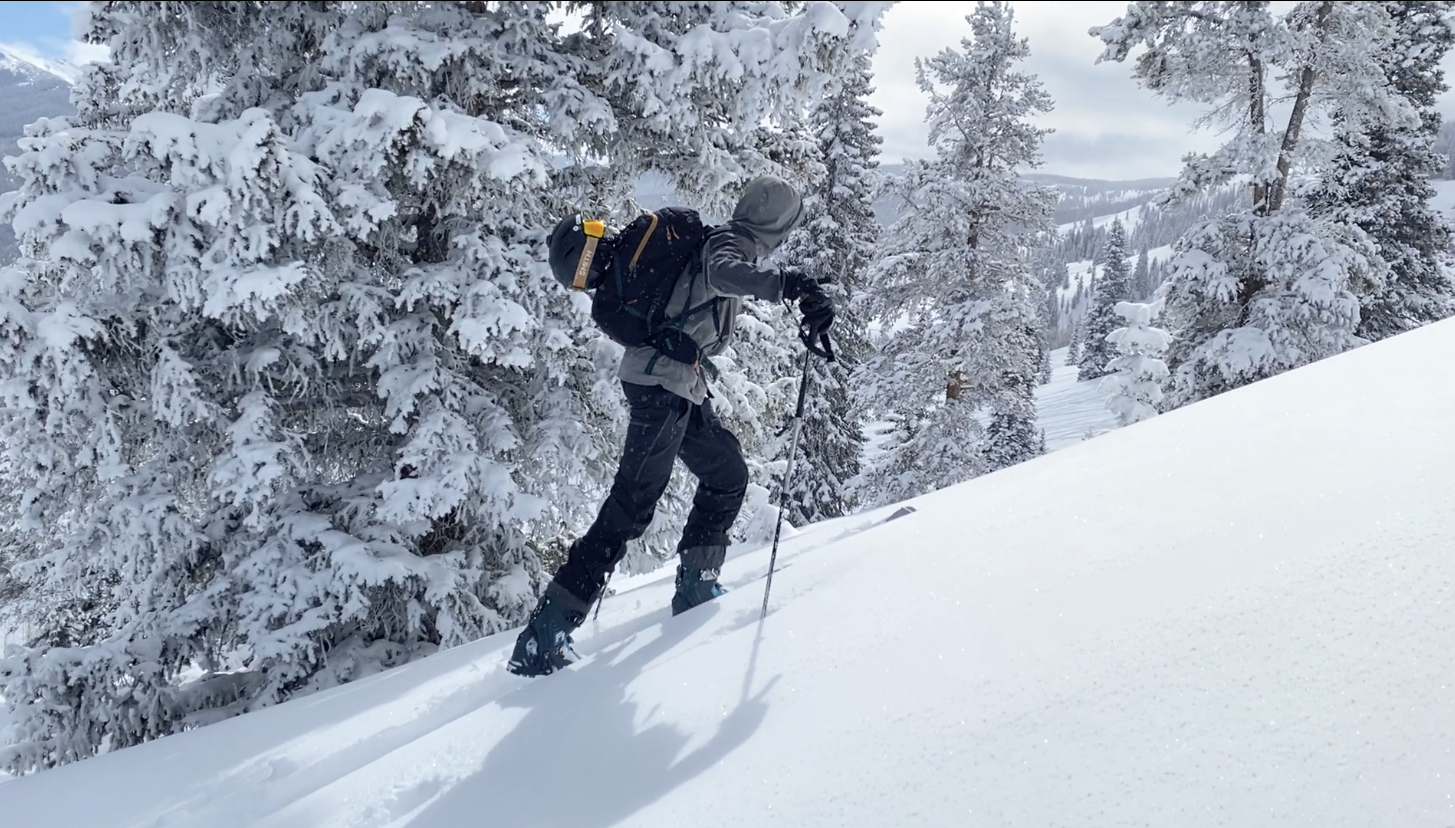
The F1s are an absolute dream on the skintrack. Weighing in at only 1250g per boot for the 27.0 size, the F1 falls on the lower end of touring boot weights, typically about 1500g per boot. It may not seem like much, but I could absolutely feel the difference on the uphill. Unlike other boots, I really don’t notice them on my feet, which is exactly what you want in a touring boot!
Another thing that I love about the F1s on the skintrack is the range of motion. The F1 boasts an impressive range of 62°, which has most other touring boots beat by 10°. Range of motion is essential in flat and low angle terrain; with a large range of motion, you can cover a ton of distance per stride. I can’t really say I have any dislikes about the F1 on the uphill. Overall, I give the F1s a 10/10 on the uphill, they’re an absolute joy!
Downhill performance
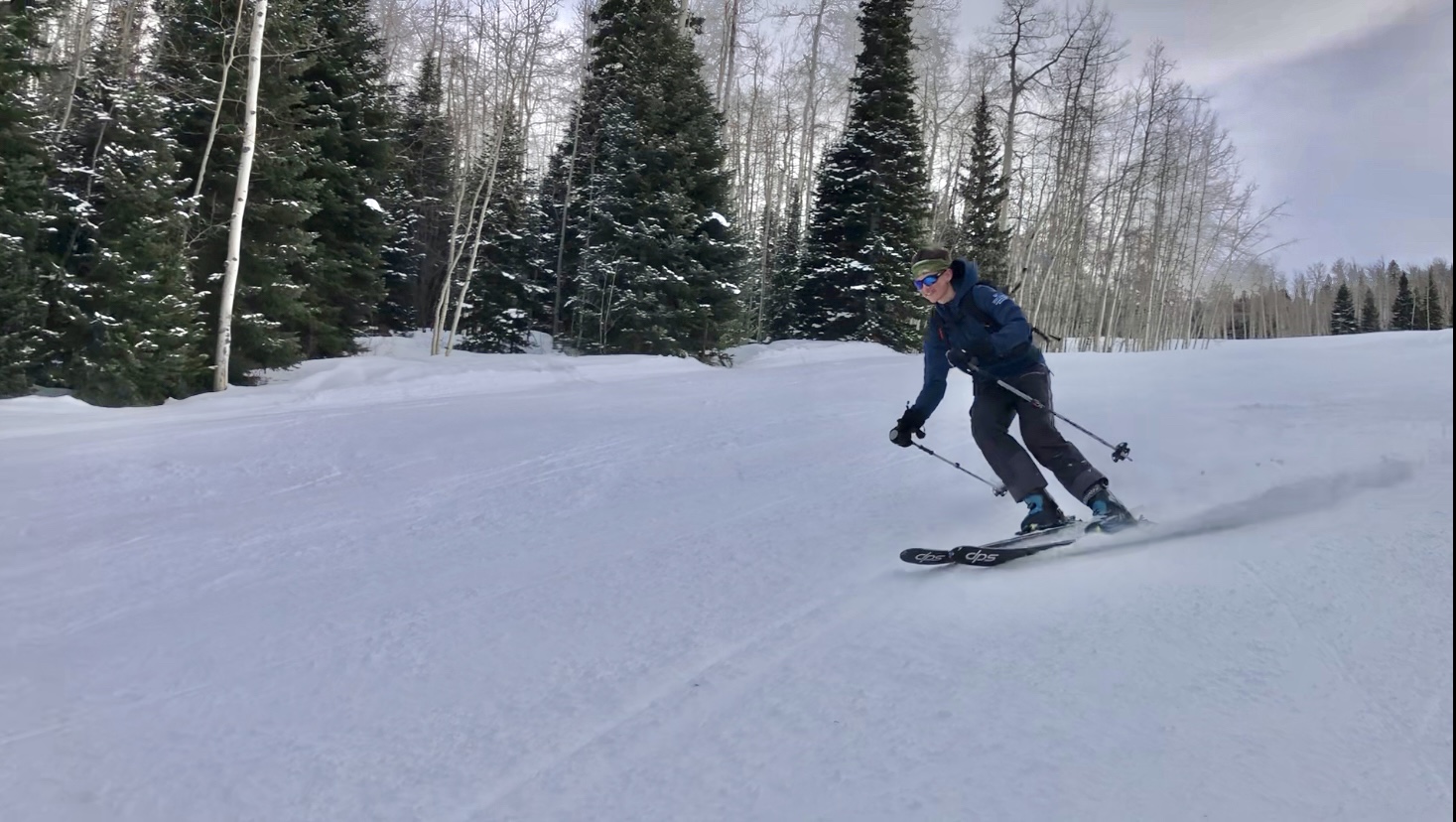
Typically, lighter touring boots perform worse on the descent compared with their heavier counterparts. However, I was actually very surprised by the downhill performance of the F1s.
On the descent, the F1s feel sturdy. The F1 boot absolutely punches above its weight on the descent. My shin is always in contact with the tongue due to the two straps on the upper cuff of the boot, so there isn’t much space where my lower leg was bouncing around inside the boot. The BOA strap does a fantastic job of keeping my foot held to the bottom and back of the boot; I never felt like I had too much space inside the boot, which increased the control and overall performance.
One of the things that I immediately noticed about the F1 is that there’s no lower cuff buckle that holds the tongue to the bottom of the shin (just above the ankle). This made the boot feel slightly less secure, but not to the point that it was even a minor gripe of mine; if I were skiing cliffs and hitting huge jumps in the resort, I would probably dislike the fact that I have fewer contact points along my shin. However, even for charging hard in the backcountry, the top buckle and strap on the F1 hold my shin in place just fine, and an extra buckle would add unnecessary weight.
Overall, the F1s surprised me with their downhill performance. The descent performance to weight ratio of these boots is one of the highest I’ve ever experienced.
Miscellaneous pros/cons
Now that the three main categories of the boot have been covered, it’s time to get into my personal likes and dislikes about this boot.
One of my favorite things about this boot that has gotten overlooked in most other reviews about the F1 is transitioning. Typically, I have to take the time to buckle each buckle on a boot and flip it into ski mode before the boot is ready to ski on. With the F1s, I flip the top buckle, tighten the BOA strap, flip into ski mode, and I’m transitioned. It really does make a difference and probably saves at least about 30 seconds on my transitions.
However, speaking of transitions, the walk/ski mode mechanism on the boot is a gripe of mine. The mechanism is an external lever, meaning when trudging through deep snow, the mechanism can get jammed and takes some effort to un-jam before it can be flipped into ski mode. This was a primary complaint about my old Scarpa Maestrale boots that also featured a similar external system, but all in all, it’s a very minor gripe about an otherwise almost perfect boot.
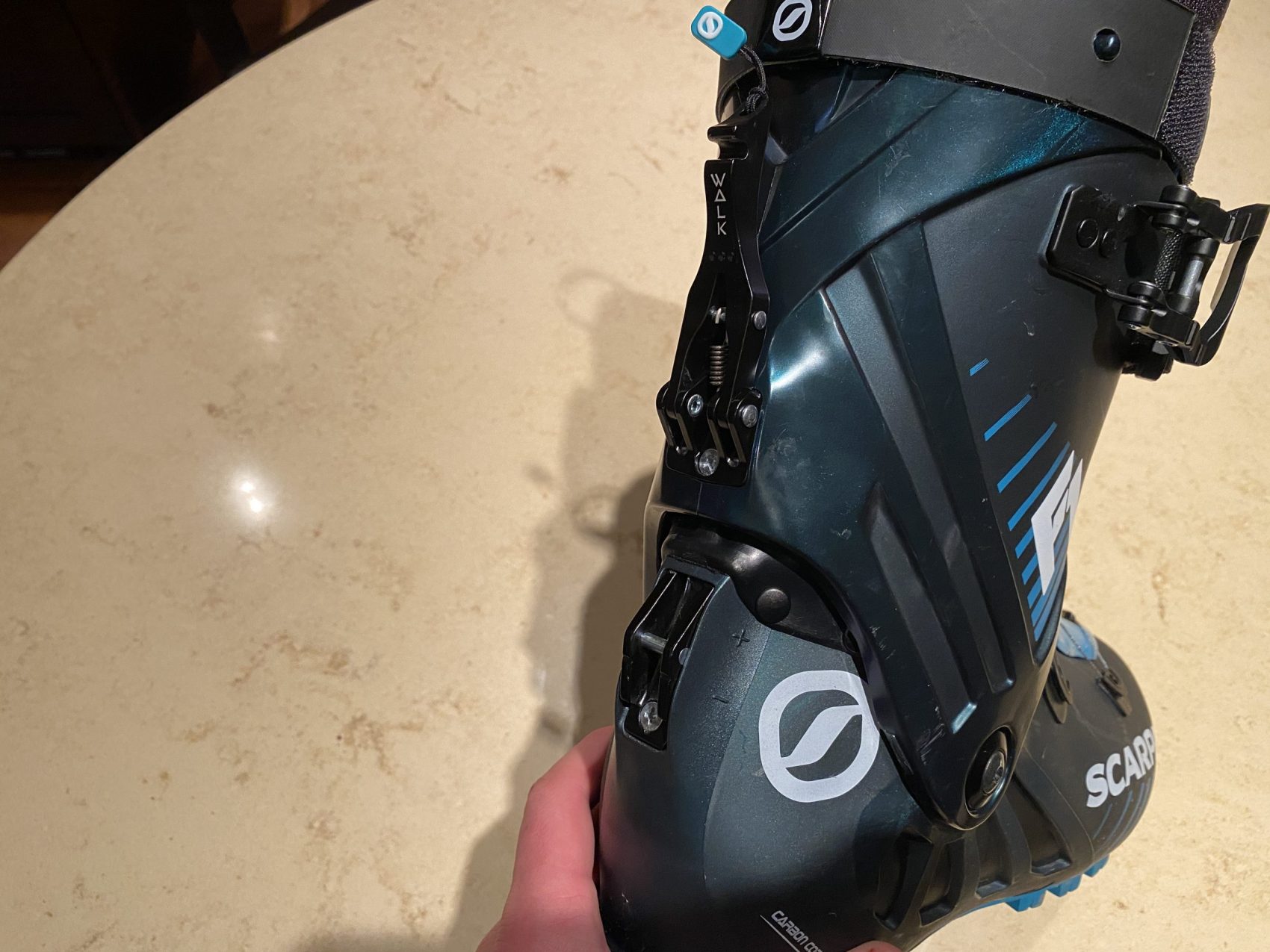
The bottom line
The F1 has already become my go-to boot for touring. It’s fast and light but performs spectacularly on the descent. I would absolutely recommend this boot for nearly anyone, but particularly someone who wants to move efficiently in the mountains while sacrificing as little downhill performance as possible. Lightweight boots are great for touring, but what’s the point if you can’t enjoy the turns on the way down? Scarpa definitely took this into account when designing these boots, and the result was a great boot that performs well in all conditions.